Борфрезы для обработки на станках с ЧПУ
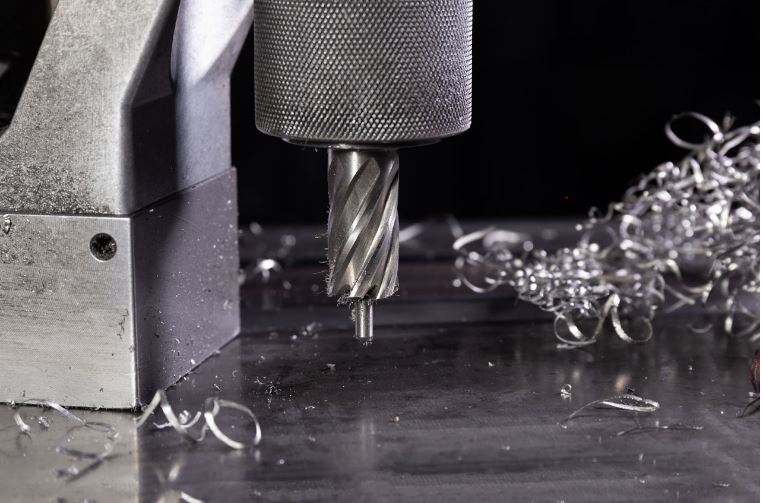
Если вы когда-нибудь проводили рукой по свежему обработанная деталь И когда вы чувствуете, как острый край царапает вашу кожу, вы встречаетесь с врагом: заусенцем. На первый взгляд, это кажется крошечным дефектом, но при обработке на станках заусенцы — это не просто косметический дефект. Они могут сократить время сборки, увеличить расходы и, в худшем случае, создать угрозу безопасности для любого, кто работает с деталью.
Итак, что такое заусенцы при обработке? Представьте себе нежелательные отходы процесса резки: неровные края, тонкие зазубрины или выступающие гребни, которые появляются после резки, сверления или фрезерования материала. Они доставляют немало хлопот инженерам и станочникам, поскольку деталь, не прошедшая надлежащую обработку, может заклинить в узле, выйти из строя под нагрузкой или даже стать причиной травмы специалиста.
Именно поэтому контроль заусенцев так важен при прецизионной обработке. Мы видели, как проекты, чувствительные к заусенцам, могут стать решающим фактором в производственном цикле, поэтому мы уделяем качеству кромок такое же внимание, как и допускам. А поскольку стоимость обработки меди, стали и алюминия у нас начинается всего с 1 доллара за деталь, даже небольшие мастерские могут передавать на аутсорсинг сложные заказы и получать точные и безопасные в обращении детали.
Что такое заусенец при обработке?

(научное направление)
В машиностроении заусенец — это нежелательный излишек материала, остающийся на детали после резки. Технически он образуется, когда инструмент продавливает или разрывает материал, а не аккуратно срезает его. В результате получается приподнятая кромка, тонкий лоскут или крошечный зазубренный выступ, которого не было в вашей CAD-модели, но теперь он есть, и с ним нужно что-то делать.
Заусенцы, возникающие при обработке, обычно появляются вокруг обычных мест: вдоль острых кромок, внутри просверленных отверстий, на концах пазов и даже вокруг резьбы. По сути, любое место, где инструмент выходит из реза, — идеальное место для образования заусенцев. Некоторые из них едва заметны, в то время как другие могут быть достаточно острыми, чтобы порезать перчатку или нарушить сборку.
И вот что самое неприятное: заусенцы — это не просто поверхностная неприятность. Они могут снизить точность размеров и качество поверхности, поэтому их удаление практически всегда является обязательным этапом прецизионной обработки.
Типы заусенцев при механической обработке
Не все заусенцы выглядят одинаково, и знание типа помогает выбрать правильный метод их удаления. Вот краткий обзор наиболее распространённых заусенцев, с которыми вы можете столкнуться при обработке:
| Тип заусенцев | Где это проявляется | Что происходит |
| Пуассоновские заусенцы | Вдоль кромок при резке пластичных металлов | Вызвано пластической деформацией, толкающей материал вбок |
| Переворачивающиеся заусенцы | Фрезерование, сверлениеи операции прорезки | На выходе инструмента остается загнутый край материала. |
| Заусенцы | Выходная сторона просверленных отверстий | Материал рвётся вместо того, чтобы аккуратно резать |
| Отрезные заусенцы | Операции отрезки или резки на токарном станке | Остается лишний материал, когда инструмент отделяет деталь |
У каждого из них есть свои проблемы. Небольшой заусенец Пуассона может просто испортить качество поверхности, а большой заусенец может заклинить узел или порезать руку.
Почему важны заусенцы при обработке

(Интехопен)
Можно подумать, что заусенцы — это просто косметический дефект, но они могут вызывать проблемы, выходящие далеко за рамки внешнего вида. Вот почему они важны:
| Зона удара | Как на это влияют заусенцы |
| Допуски сборки | Даже небольшой заусенец может помешать аккуратному соединению деталей. |
| Усталостная долговечность | Заусенцы действуют как концентраторы напряжений, сокращая срок службы компонента. |
| Безопасность | Острые заусенцы могут травмировать операторов или конечных пользователей. |
| Расходы на постобработку | Дополнительные этапы удаления заусенцев = больше времени и денег потрачено |
В отраслях с высокими ставками достаточно одного промаха. Один-единственный заусенец при обработке может привести к отбраковке детали. аэрокосмические или медицинские приложения, где запас прочности очень мал. И даже за пределами этих областей ни один заказчик не захочет получить «готовую» деталь, которая выглядит незаконченной.
Методы удаления заусенцев
Метод удаления заусенцев при обработке на станках с ЧПУ зависит от геометрии детали, материала и требуемой чистоты обработки. Вот краткий обзор основных методов:
Ручное удаление заусенцев
Старый добрый способ: ручные напильники, скребки, наждачная бумага или проволочные щётки. Дешево и гибко, но медленно и не всегда стабильно в производственных условиях.
Механические методы
Такие методы, как вибрационное кувыркание Шлифовальные круги часто используются в мастерских, где требуется производить пакетную обработку большого количества мелких деталей. Они хорошо сглаживают края, но не всегда обеспечивают точность.
Термическое удаление заусенцев
Также называется «взрывным снятием заусенцев». Детали помещаются в герметичную камеру, поджигается газовая смесь, и заусенцы буквально выжигаются. Этот метод хорошо подходит для удаления внутренних заусенцев в труднодоступных местах, но подходит не для всех материалов.
Электрохимическое удаление заусенцев
Этот метод использует электролит и электрический ток для удаления заусенцев в труднодоступных местах, таких как сквозные отверстия или гидравлические компоненты. Точный, но требует тщательной настройки.
Автоматизированное снятие заусенцев с помощью заусенцевых машин
Именно здесь современные мастерские находят применение. Фрезерный станок использует абразивные щётки, вращающиеся головки или инструменты с ЧПУ для автоматического удаления заусенцев. Результат: более быстрый цикл обработки, меньшая утомляемость оператора и более равномерное качество отделки.
| Метод | Плюсы | Минусы |
| Традиционный (ручной/механический) | Низкие первоначальные затраты, гибкость для нестандартных деталей | Трудоемкий, непоследовательный, требующий много времени |
| Автоматизированные (жерновые машины) | Высокая скорость, повторяемые результаты, отлично подходит для производства | Более высокие первоначальные затраты, требуется правильная настройка |
Машины для удаления заусенцев: эффективность в современных цехах
Когда сегодня говорят об эффективности работы, почти всегда вспоминают машины для снятия заусенцев и заусенцев. Эти системы сочетают в себе абразивные головки, вращающиеся инструменты и даже насадки с ЧПУ, превращая снятие заусенцев из узкого места в эффективный этап рабочего процесса.
| Особенность машины | Что это делает | Почему это важно |
| Абразивные щетки | Устраните заусенцы на краях и поверхностях. | Обеспечивает равномерный результат без больших трудозатрат |
| Вращающиеся инструменты | Устранение заусенцев в пазах, канавках и мелких деталях | Отлично подходит для деталей со сложной геометрией |
| Интегрированная система снятия заусенцев с ЧПУ | Траектории инструмента включают проходы для снятия заусенцев | Экономит время настройки и сокращает ручную обработку |
Краткий обзор преимуществ: более короткое время цикла, стабильное качество и меньше времени, которое оператор тратит, сгорбившись над тисками с напильником.
Мы интегрировали передовую технологию снятия заусенцев непосредственно в наш рабочий процесс. Это означает, что, отправляя нам работы, требующие точного соблюдения допусков, вы получаете не только детали с чёткими допусками, но и готовые к сборке прямо из коробки. А благодаря стоимости услуг всего от 1 доллара за деталь, вы можете смело доверить всю сложную работу станкам (и нашей команде).
Предотвращение образования заусенцев при обработке
Всегда дешевле и проще предотвратить появление заусенцев, чем потом тратить часы на их удаление. Несколько рекомендаций для цеха могут оказаться очень полезными:
- Отрегулируйте геометрию инструмента, подачу и скорость → Острые фрезы с правильным передним углом резания обеспечивают чистое резание, а не размазывание материала. Слишком медленная или слишком поверхностная резка обычно приводит к образованию заусенцев.
- → Если деталь вибрирует или смещается даже слегка, на выходе появятся заусенцы. Зафиксируйте её и обеспечьте устойчивость.
- → Инструменты с покрытием TiN в сочетании с подходящей смазочно-охлаждающей жидкостью помогают снизить адгезию и сваривание стружки, которые являются причиной образования некрасивых кромок.
- → Фаски, правильное расположение отверстий и отсутствие тонких неподдерживаемых элементов могут значительно сократить количество зон, подверженных образованию заусенцев.
Заключение
Заусенцы могут выглядеть как незначительные дефекты, но они приводят к серьёзным проблемам, дополнительным расходам на финишную обработку, проблемам с допусками, рискам безопасности, а иногда и к полному отказу от детали. Решение заключается не только в последующем удалении заусенцев, но и в понимании того, когда следует предотвратить их появление, а когда использовать подходящий бормашину для зачистки.
Мы охватываем обе стороны: прецизионную обработку, минимизирующую образование заусенцев, и автоматизированное снятие заусенцев для решения оставшейся проблемы. Результат — готовые к производству, более безопасные и надёжные детали. Стоимость услуг начинается всего от 1 доллар за компонент: передача на аутсорсинг работ, чувствительных к заусенцам, никогда не была такой простой













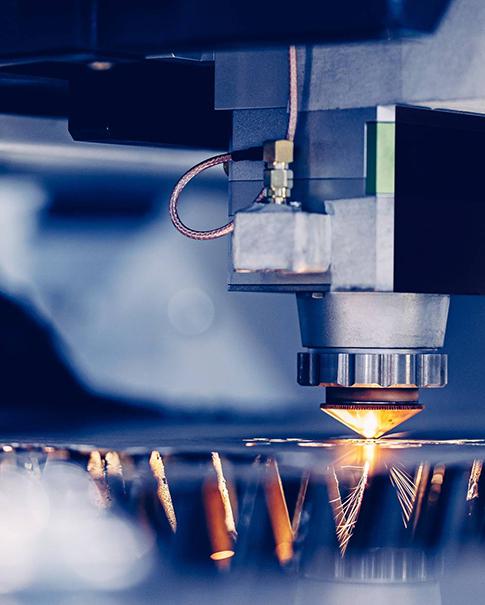
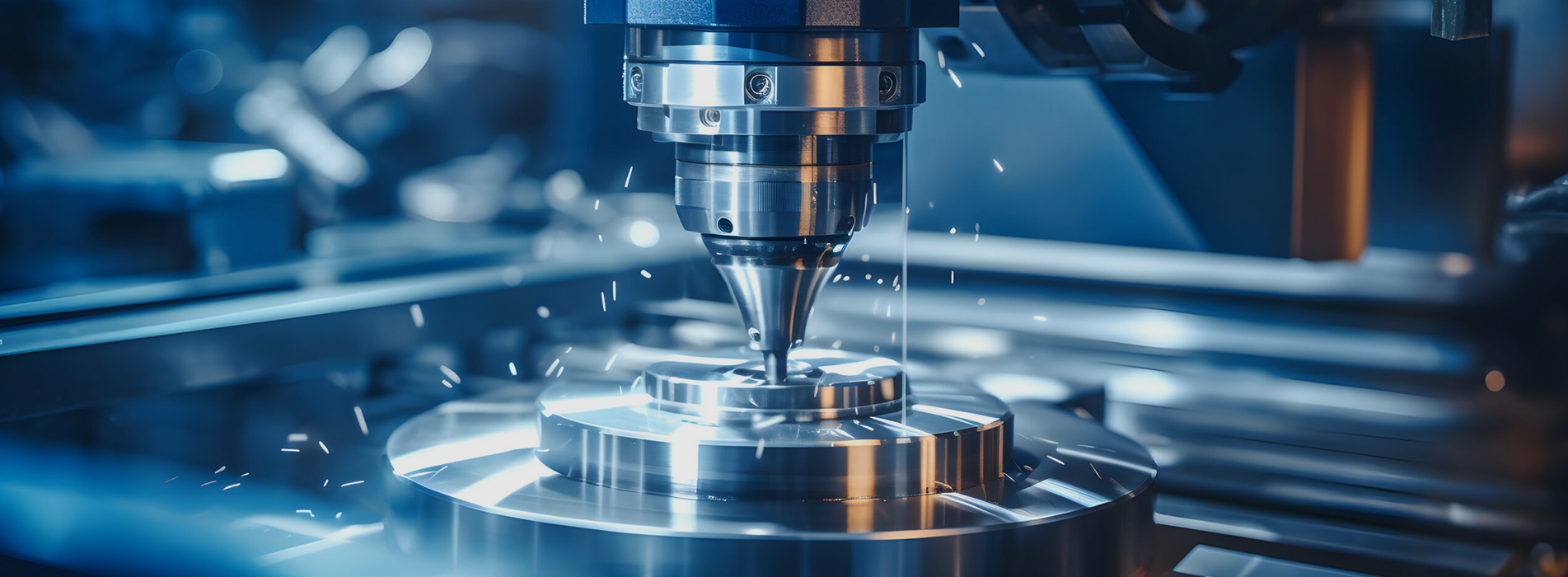

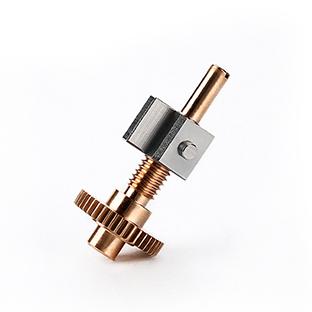
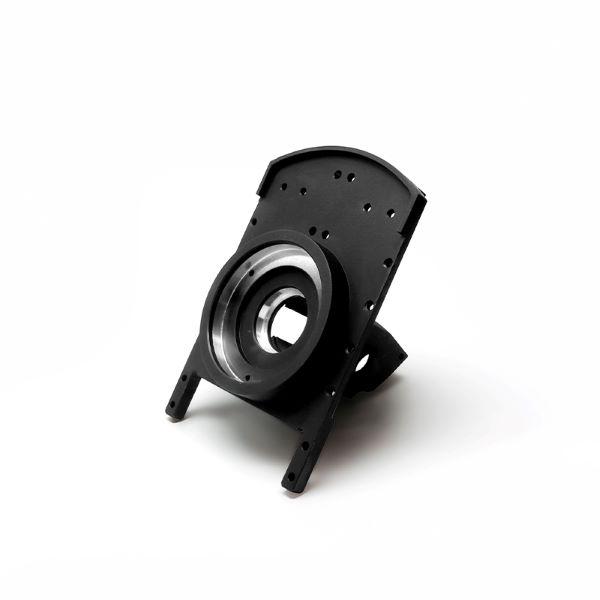
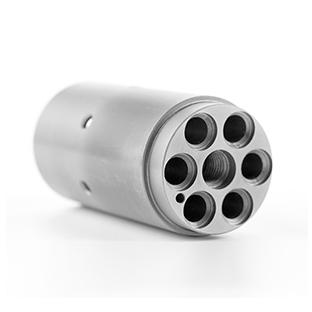
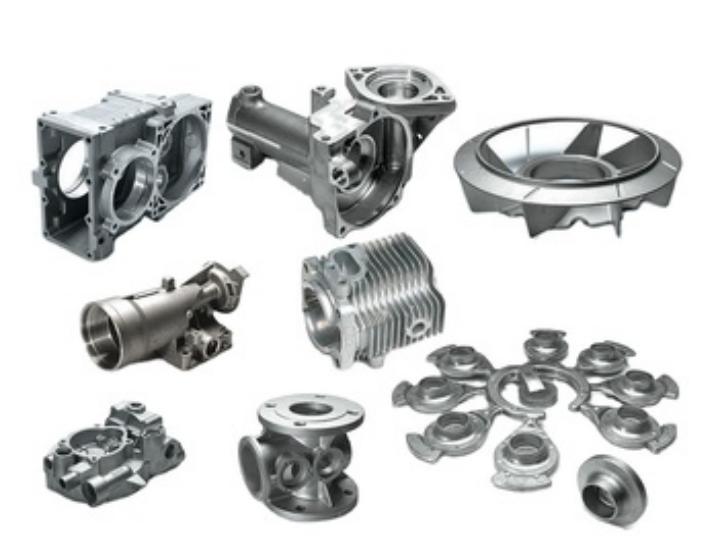
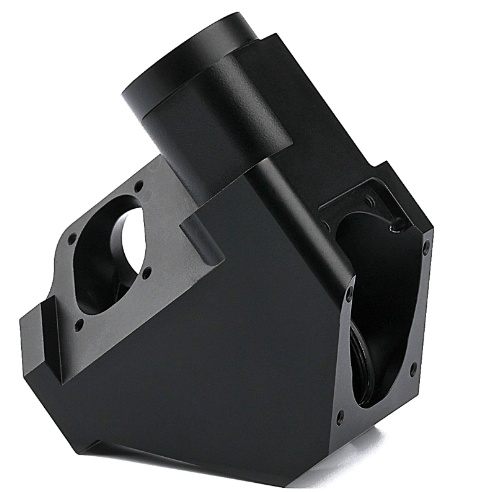
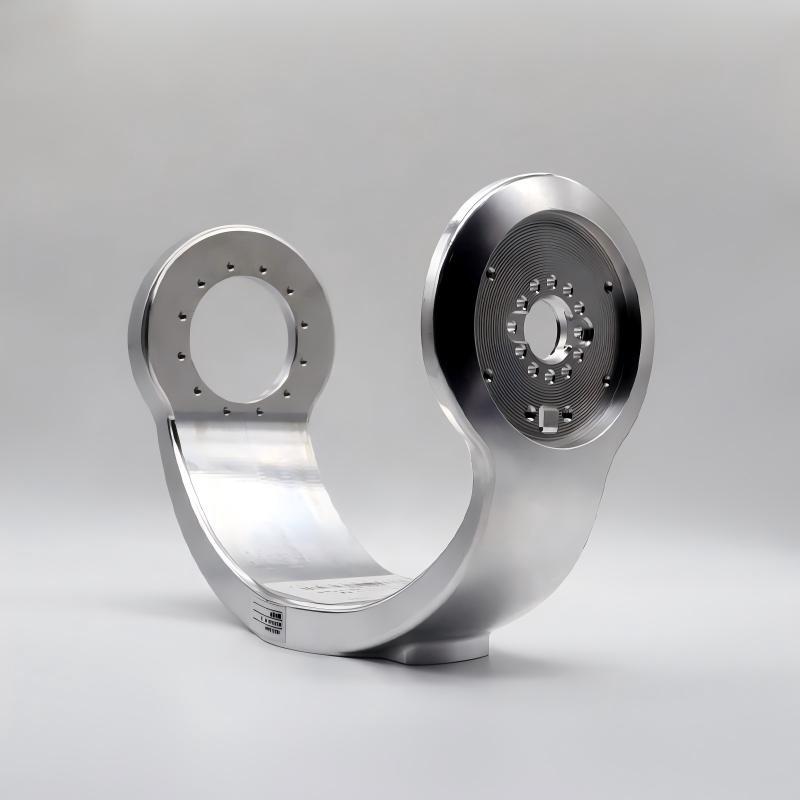
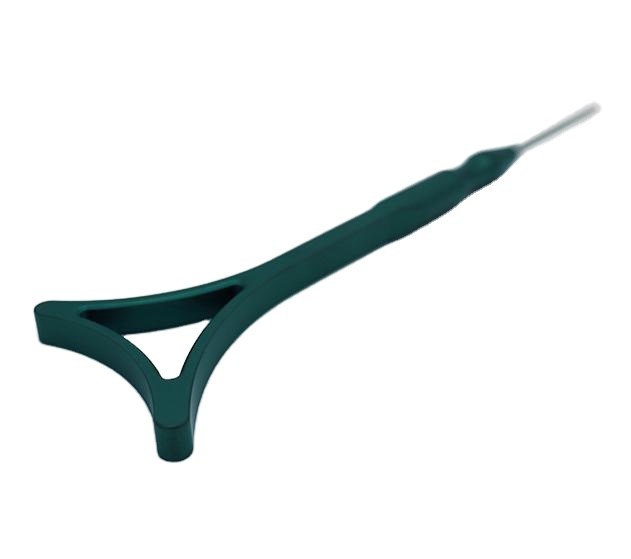
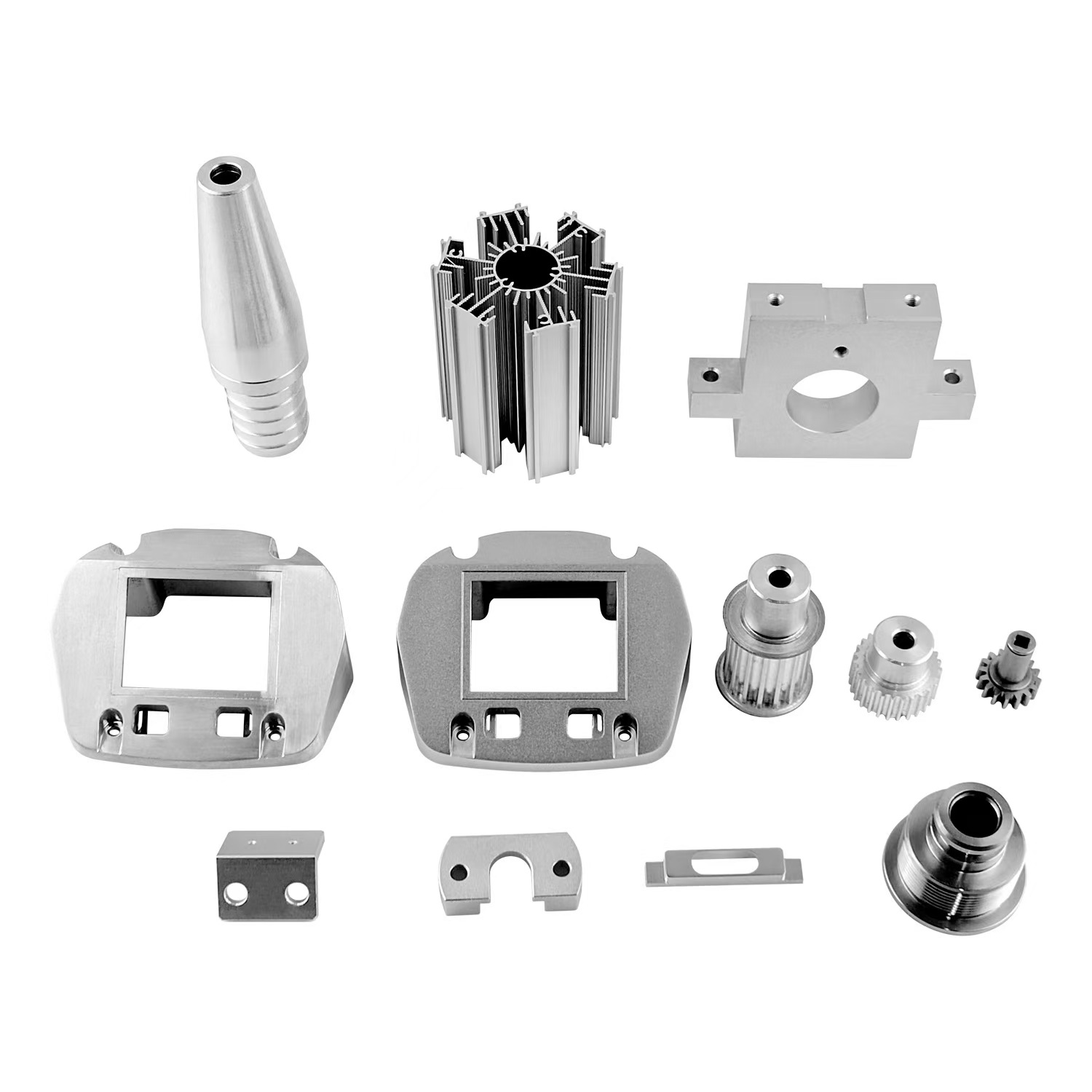
 ПОДПИСАТЬСЯ НА НАШУ РАССЫЛКУ
ПОДПИСАТЬСЯ НА НАШУ РАССЫЛКУ






